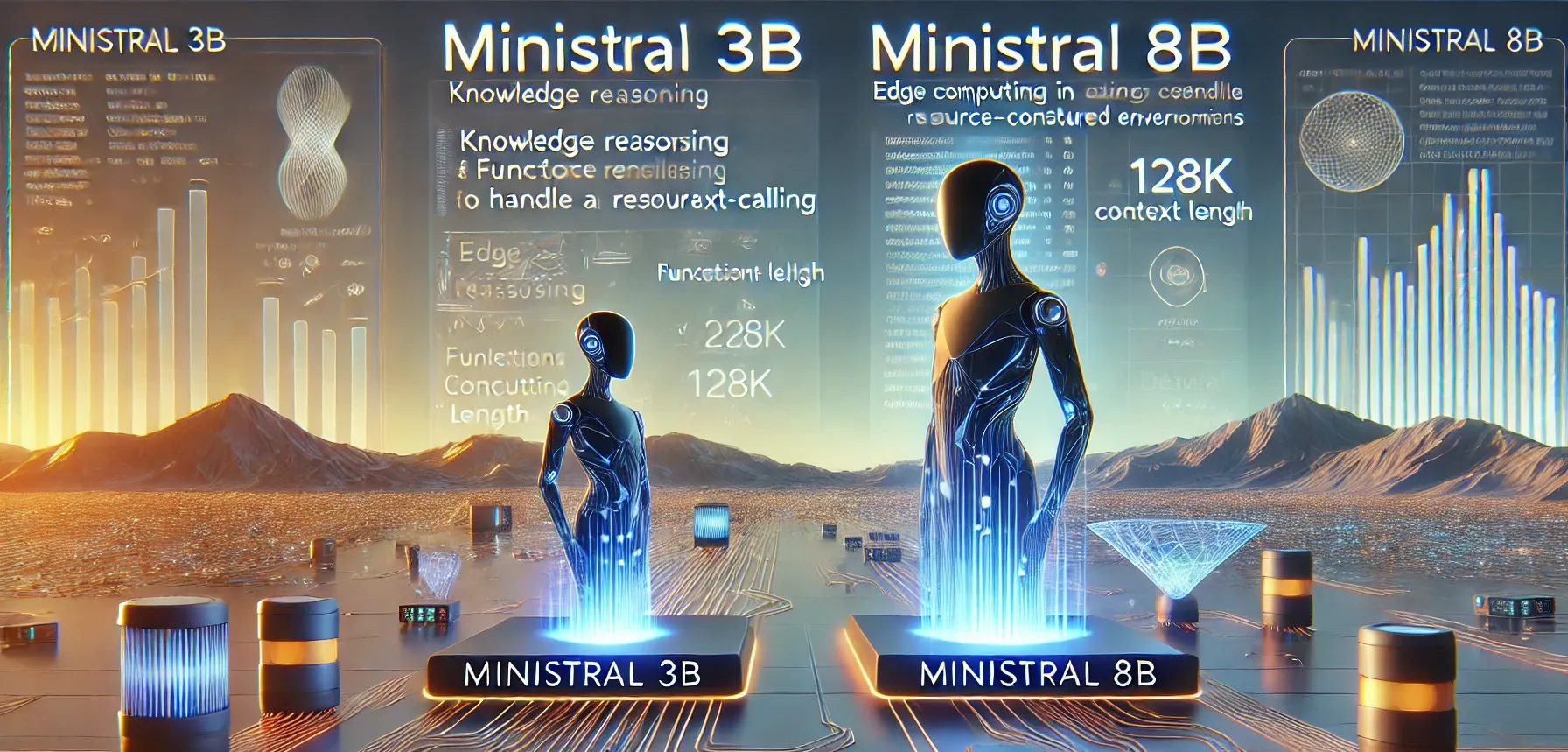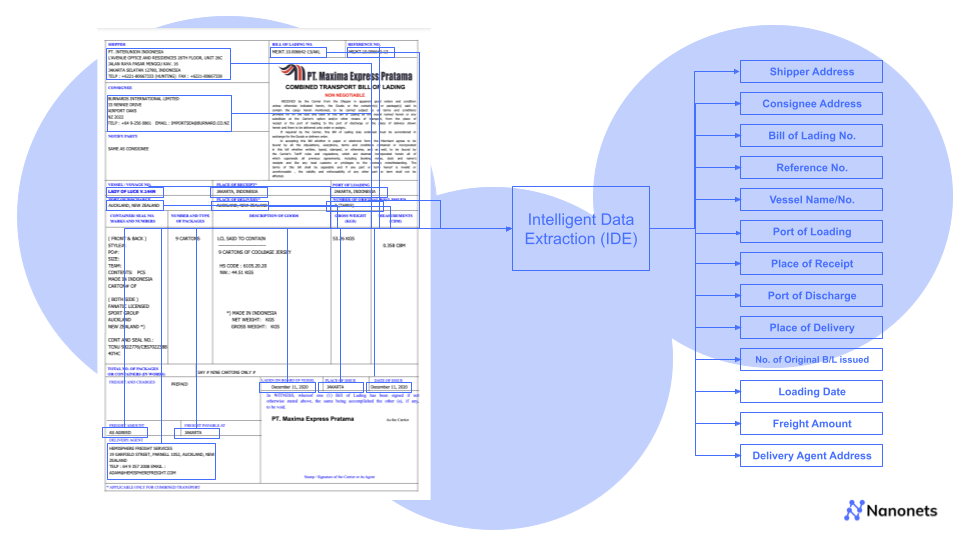
Hyperautomation is one of the fastest-growing trends within automation that could change how businesses operate. It empowers businesses to automate complex, end-to-end processes and achieve unprecedented levels of productivity and scalability.
So how does hyperautomation do that? In this guide, we’ll take a look at what hyperautomation is, how it works, and why it is beneficial for businesses.
What is hyperautomation?
Hyperautomation is a strategic and structured way for organizations to quickly identify, evaluate, and automate business and IT processes. It involves the use of multiple technologies like artificial intelligence (AI), machine learning (ML), robotic process automation (RPA), and more.
According to Gartner, hyperautomation can create a digital twin of the organization (DTO). This allows organizations to see how their functions, processes, and key performance indicators (KPIs) interact to create value.
The DTO then becomes an important part of the hyperautomation process, providing real-time strategic business intelligence to drive opportunities.
What are the key components of hyperautomation?
Hyperautomation involves a combination of tools. These key components are:
- Artificial intelligence (AI): To create machines that have problem-solving and decision-making skills that simulate human logical thinking.
- Machine learning (ML): The technology that trains machines to perform complex tasks through algorithms.
- Robotic Process Automation (RPA): Technology that allows you to automate repetitive tasks that are currently performed by humans.
- Business Program Management (BPM): Discipline that organizations use to identify, design, execute, monitor, and optimize business processes.
- Integration platform as a service (iPaaS): Cloud-based platform that provides tools and services for integrating different applications and data sources
How does hyperautomation work?
Hyperautomation aims to automate as many tasks as possible, freeing employees to focus on more strategic and value-added work. Hyperautomation can also help to improve efficiency, accuracy, and compliance.
The first step in hyperautomation is to identify the right processes to automate. This involves looking for tasks that are repetitive, rule-based, and have a high volume of transactions.
Once the right processes have been identified, the next step is to select the right automation technologies. RPA is a good choice for tasks that are simple and repetitive. AI and machine learning can be used for more complex tasks that require decision-making.
The final step is to implement the automation solutions. This involves integrating the automation technologies with the existing IT infrastructure and training employees on how to use the new systems.
Hyperautomation is a complex and challenging undertaking, but it can be a valuable tool for businesses that are looking to improve their operations.
What are the benefits of hyperautomation?
The benefits of hyperautomation include:
- Increased efficiency: Automating repetitive tasks can free up employees to focus on more strategic and value-added work.
- Improved accuracy: Automation can help to reduce errors and improve data accuracy.
- Increased compliance: Automation can help organizations to comply with regulations.
- Enhanced decision-making: Automation can help organizations make better decisions by providing them with more data and insights.
- Improved customer experience: Automation can help organizations provide a better customer experience by reducing wait times and improving accuracy.
Where can you implement hyperautomation?
Here are some specific examples of how hyperautomation can be used:
- Automating customer service tasks such as answering questions, generating reports, and processing payments.
- Automating procurement tasks such as sourcing, negotiating, and ordering supplies.
- Automating manufacturing tasks such as quality control, scheduling, and inventory management.
- Automating financial tasks such as budgeting, forecasting, and reporting.
- Automating HR tasks such as onboarding, payroll, and benefits administration.
FAQs
What is hyperautomation?
Hyperautomation is the use of multiple technologies to automate as many business processes as possible.
What are some Hyperautomation examples?
Some hyperautomation examples include automated invoice processing, chatbots for customer support, and predictive analytics for decision-making.
Why should you use hyperautomation?
Hyperautomation automates complex business processes, enhances efficiency, and improves decision-making through data-driven insights.
What does hyperautomation consist of?
Hyperautomation encompasses various automation technologies, such as RPA, AI, ML, NLP (Natural Language Processing), and process mining.




